What is mocha coffee and Yemeni coffee? Recommended brewing method of Yemeni mocha coffee
Professional coffee knowledge exchange more coffee bean information please follow the coffee workshop (Wechat official account cafe_style)
Yemen has a longer history of commercial coffee production than any other country. The local coffee is extremely unique and tastes quite unusual, so it may not be easily accepted by ordinary people. Even though there is a great demand for Yemeni coffee, the local coffee trade has never changed with the commercial coffee market. Yemeni coffee is absolutely unique, showing distinctive characteristics from varieties, terraced coffee cultivation, handling and industry.
Coffee spread from Ethiopia to Yemen, perhaps by caravans or by pilgrims from Ethiopia to Mecca, was on a considerable scale between the 15th and 16th centuries. Because the coffee exported from here has also made the port of Mocha famous.
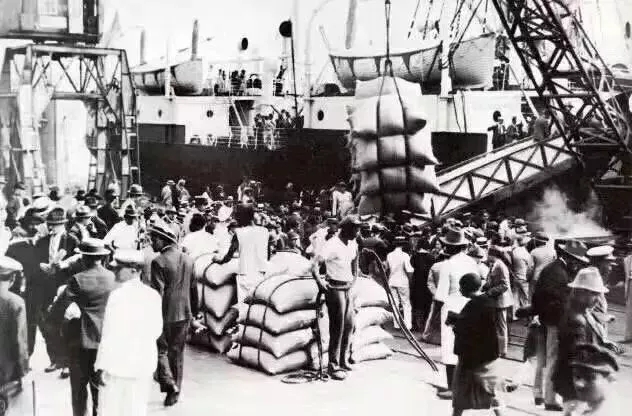
The agricultural structure of Yemen is very unique, with only 3% of the land suitable for farming; agricultural development is limited by water sources. Coffee grows on terraced fields at a high altitude and requires additional artificial irrigation to make it thrive. Many farmers rely on non-renewable resources such as groundwater, and some people worry about resource depletion. Fertilizer application is not common, so the loss of soil nutrients is also a problem. All these factors, coupled with the remote location of coffee producing areas, explain why there are so many different varieties originating in Arabica, most of which are unique to each producing area.
Yemeni coffee is harvested manually, and workers visit the same coffee tree several times in one season. Even so, selective picking is not common, so unripe or overripe fruits are harvested at the same time. The whole fruits after harvest are usually dried in the sun, and most of them do not have enough space on the roofs of farmers' homes, and the fruits are often stacked, so they cannot be really dried, and there are defects such as uneven drying, fermentation or mildew.
Each producer often grows only a small amount of coffee. According to the 2000 census report, there are about 99000 households producing coffee in China. It is estimated that the output of raw beans per household in that year was only 113 kg.
The global demand for Yemeni coffee is so high that half of all exports go to Saudi Arabia. The price of Yemeni coffee remains high because of high demand, limited production and high production costs. However, this demand does not make the production and marketing history of Yemeni coffee transparent, and domestic coffee sales have to be stored for a long time (usually several years) from farmers to exporters. This is because many exporters digest the earliest stocks on the production date and store the latest harvests in underground caves.
What is "Mocha"?
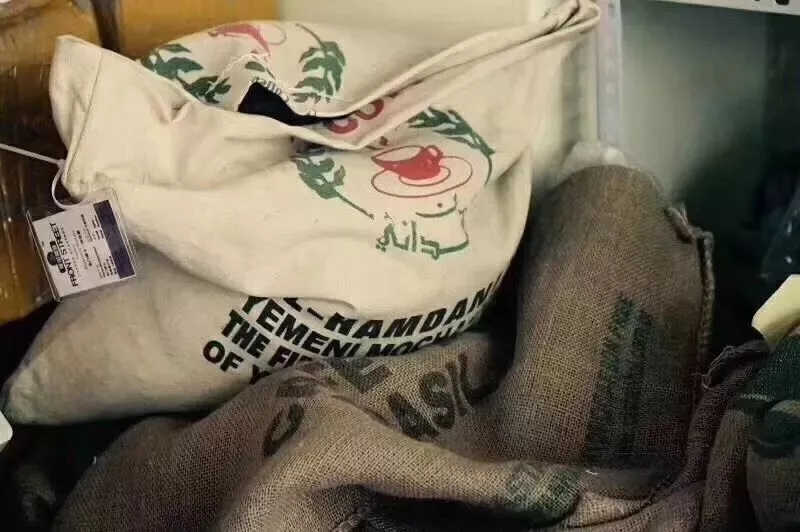
Initially, the word "mocha" was the name of the Yemeni coffee export port. The spelling of the word was quickly changed to "moka" to describe the strong and rich style of Yemeni coffee. Today, some sun-treated coffee from other countries use the same name, such as Ethiopia's Moka Harra.
Yemeni coffee is often mixed with Java coffee, leading to the emergence of the word "mocha-Java". However, because the name is not protected, it has now become used by many roasters to describe the special style of coffee they have created rather than the place of origin. Coupled with the fact that the word "mocha" is now used to describe drinks mixed with hot chocolate and espresso, this makes consumers even more confused.
Cashi QESHER
Cash is a very popular coffee by-product. This is a dried but unroasted coffee shell removed from the coffee fruit during the manufacturing process. These dried shells are usually brewed like tea and are a popular way of drinking coffee among Yemenis. In recent years, coffee producers in Central America have also begun to try to make such products, locally known as cascara. Usually this is only a dried coffee fruit, not a Yemeni caf é that contains fruit and dried shells.
Production and marketing resume
It is not easy to trace the origin of Yemeni coffee. In most cases, the word "mocha" appears on the coffee name, which is the name of the local export port. Usually coffee can only be traced back to a specific area rather than a place of origin. In addition, it is quite common to describe coffee by the name of the local coffee variety, such as Mattari.
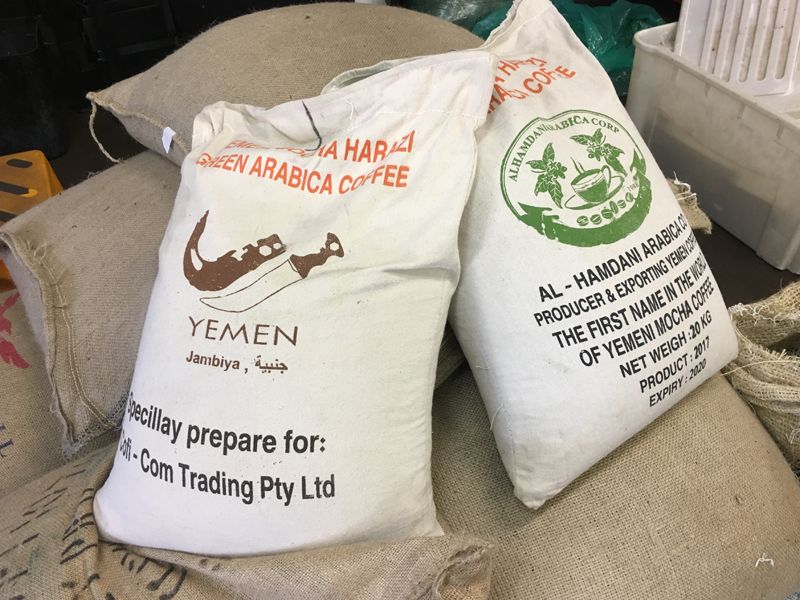
Having a detailed production and marketing resume is not a quality assurance. Coffee beans from different producing areas are usually mixed before export and then exported using the most valuable coffee name on the market. Yemeni coffee is popular because of its unusual taste and wild and full-bodied flavor-one of the reasons for such a style is the flaws in the handling process. If you want to try coffee from Yemen, it is recommended that you buy it from a trusted supplier. Roasters have to test quite a few bad coffee samples before they can find a high-quality coffee bean, which is very disadvantageous to blind consumers, because you are likely to buy a coffee with impure taste, even with rotten and unpleasant flavor.
Coffee taste
Wild, complex and full-bodied, it brings a unique drinking experience that is different from many coffees in the world. For some people, this kind of wild, slightly fermented fruit turns them off, but for others it is highly appreciated coffee.
Producing area
Population: 25235000
2013 production (60 kg / bag): 200000 bags
Please note that the spelling of place names in the West may be very different from that used locally in Yemen. The name of each Yemeni producing area is the name of the official province, not the geographical division of the region. Yemen has 21 administrative regions, of which only 12 grow coffee, and there are even fewer important producers.
Qianjie coffee recommends Yemeni mocha coffee.
Recommended hand punching equipment: flannel
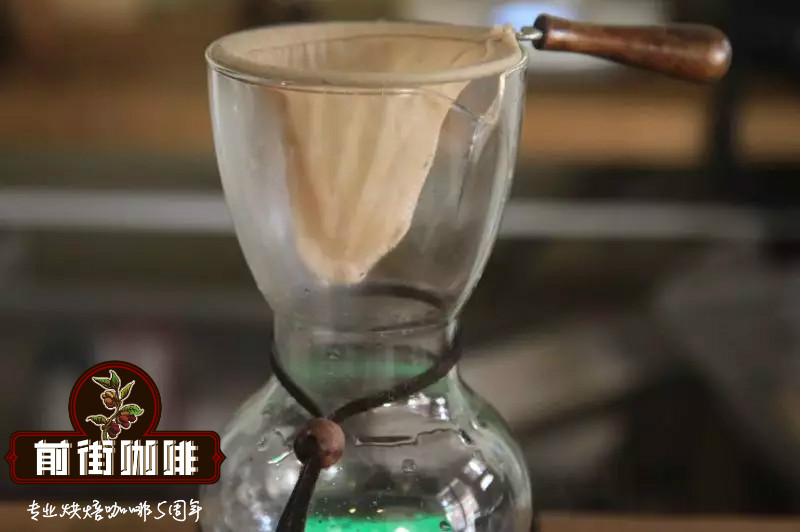
Flannel filter cloth can carefully and slowly extract the delicious ingredients of coffee beans. The coffee filtered has a round and deep taste, which is the greatest charm of flannel filter cloth. Flannel can retain some of the coffee oil because its pores are larger than filter paper, unlike filter paper, which usually filters out all the grease, so the coffee made with flannel is thicker and smoother than filter paper.
In addition, in the process of brewing, because the fluff pores of the flange are thick and can be filtered at all positions below the water level, unlike the filter paper which can only be filtered through the gap between the filter paper and the filter cup, flannel filtration speed is slightly faster than the general filter cup filter paper combination (flannel flow velocity is different between front and back! )
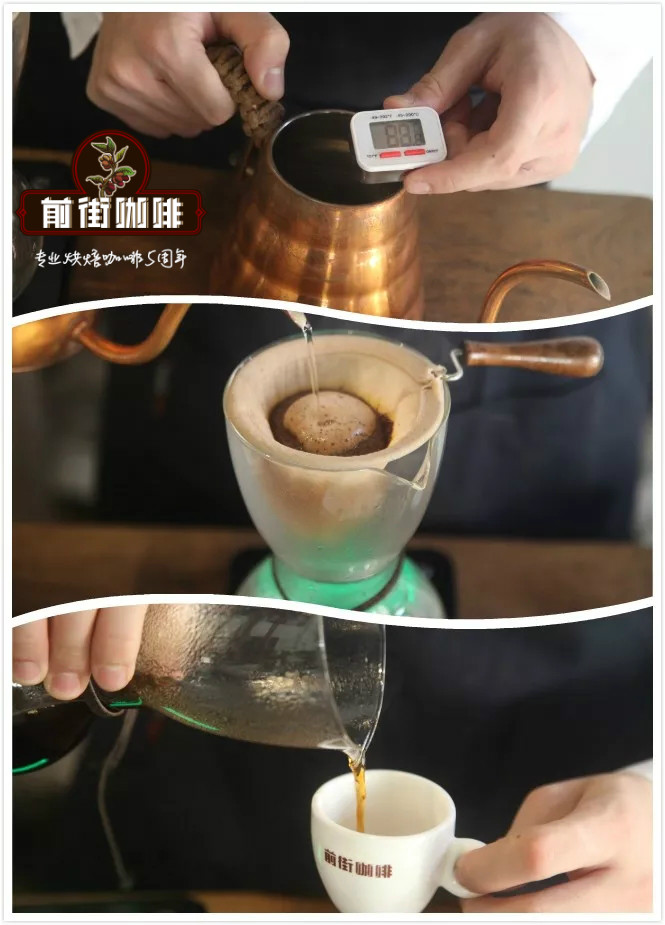
Parameters: grind 5m (60% pass rate of Chinese standard No. 20 sieve), water temperature 88 ℃, ratio of powder to water 1:15, extraction two minutes and 30 seconds.
Steam 30 grams of water for 30 seconds, water injection to 100 grams, and so on when the water level is about to reveal the powder bed, continue to water injection to 225 grams to the end of cooking.
Flavor: mellow, smooth, full-bodied dark chocolate flavor, long-lasting caramel, slightly lower temperature, spice and berry flavor
END
Important Notice :
前街咖啡 FrontStreet Coffee has moved to new addredd:
FrontStreet Coffee Address: 315,Donghua East Road,GuangZhou
Tel:020 38364473
- Prev

Introduction to the taste and flavor of planting mocha coffee beans in Yemen
Following Cafe (official Wechat account vdailycom) found that Beautiful Caf é opened a small shop in Yemen where coffee is grown: Yemeni coffee beans (Peaberrybean): smaller and rounder than most, these beans look like peas, sometimes known as mocha coffee beans. The shape of mocha coffee beans is similar to that of Harrar coffee in Ethiopia.
- Next
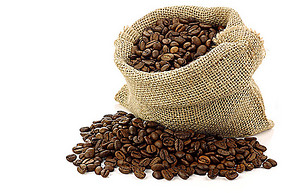
The type of coffee in Yunnan, the main producing area of Yunnan small-grain coffee.
Follow the caf é (Wechat official account vdailycom) found that the beautiful cafe opened its own shop and planted Arabica coffee beans in Yunnan. The varieties were first introduced in 1892 in Zhukula area, Pingchuan Town, Binchuan County, Dali Prefecture, Yunnan Province. Arabica Bourbon and Arabica Tippica coffee beans were introduced, and then Kenya Katimo (Arabica and Luo) was introduced in 1991.
Related
- Detailed explanation of Jadeite planting Land in Panamanian Jadeite Manor introduction to the grading system of Jadeite competitive bidding, Red bid, Green bid and Rose Summer
- Story of Coffee planting in Brenka region of Costa Rica Stonehenge Manor anaerobic heavy honey treatment of flavor mouth
- What's on the barrel of Blue Mountain Coffee beans?
- Can American coffee also pull flowers? How to use hot American style to pull out a good-looking pattern?
- Can you make a cold extract with coffee beans? What is the right proportion for cold-extracted coffee formula?
- Indonesian PWN Gold Mandrine Coffee Origin Features Flavor How to Chong? Mandolin coffee is American.
- A brief introduction to the flavor characteristics of Brazilian yellow bourbon coffee beans
- What is the effect of different water quality on the flavor of cold-extracted coffee? What kind of water is best for brewing coffee?
- Why do you think of Rose Summer whenever you mention Panamanian coffee?
- Introduction to the characteristics of authentic blue mountain coffee bean producing areas? What is the CIB Coffee Authority in Jamaica?

